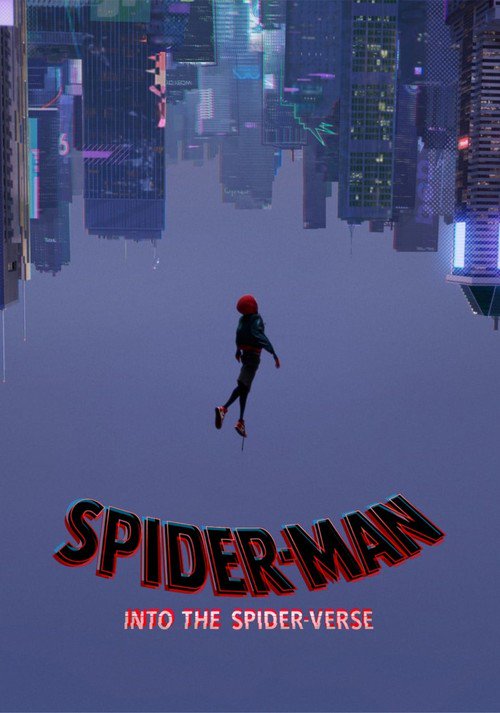Spiderman: Into the Spider-Verse is a Saturday morning cartoon with a big-screen budget and its dial turned up to eleven. It’s fun, flashy, and heartfelt, and sits comfortably in the upper-echelon of Spidey movies.
When a villainous science experiment causes multiple universes to collapse into one another, it brings multiple variations of the Spidey character into proximity. This scenario not only brings long-beloved characters to the big-screen for the first time, but allows for new takes on familiar and existing ones.
Into the Spider-Verse is very self-aware when it comes to the already thoroughly (perhaps overly) explored origin story of Peter Parker, and manages to pay homage while also poking fun at it just a bit. This time around, Miles Morales is the newest Spider-Man on the multiverse block, and this movie makes his story feel both fresh and unique. Many of the beats are familiar – school, friends, family – but they’re done in a way that sets Miles apart from the others.
And there are lots of others. Miles is joined by a host of other Spider-Heroes – including Peni Parker and her futuristic robot, Noir Spider-Man, Peter Porker, Gwen Stacey’s Spider-Woman, and a downtrodden version of the classic Peter Parker that we all know and love.
I was surprised at how much the film does with so many characters in such a short amount of time. They all feel unique and distinct, and the movie doesn’t fall into the trap of making them simple carbon copies of one another. There are a few stand-outs, most notably Spider-Gwen, and I’m excited to know that she is getting her own spinoff movie in the future.
All of them have their own troubled pasts that haunt them, which gives them all relatable motivation to help Miles come into his own. But in so doing, Miles also helps them come to terms with their ghosts, allowing them to carry that change back into their own worlds. These characters connect over their shared destiny, and their meeting ripples outward through the multiverse in a positive way, and that’s a cool thing to see.
Spider-Verse is a riot of vibrant color and pulsing pop-rhythm tracks, all of which go hand-in-hand with the expressive art style. The movie has moments of real beauty, and stands as a finely crafted animated adventure. The busy art style and the addition of an old-school comic-print film-grain layered over the picture may be visually off-putting for some, but ultimately work with the tone of the film.
Spider-Verse’s cartoony side can both enhance the drama and detract from it, depending on the specific moment. Sometimes it can go distractingly overboard (especially in the character design of the Kingpin, among others). Also, due to the art style there are moments where things are weirdly out of focus, but those are few and far between.
Spider-Verse is also refreshingly devoid of snide cheap-shots regarding current cultural issues. A movie like this could have very easily fallen into that trap, as many other recent animated movies have. But there’s none of that here. And I would hold up Spider-Verse as an example of diversity and inclusion done right. It brings others to the forefront without pushing anyone else aside, and that is the key difference. It’s a very fair, balanced, and positive experience, and that is something I value and appreciate.
But the movie also has a surprising amount of pathos and depth, leading to some very heartfelt and emotionally impactful moments while we watch Miles contend with his newfound place in not only his own world, but in all of them.
Spider-Verse is not only one of the better Spider-Man movies, but also one of the coolest animated movies in recent memory. Depending on the kind of movie-goer you are, the silliness and cartoony nature of parts of the movie may lose you, but if you can get past that, it has lots to offer.
Overall, Spiderman: Into the Spider-Verse is a Spider-Man movie for the post-millennial generation, but that thankfully doesn’t stop it from being great.
